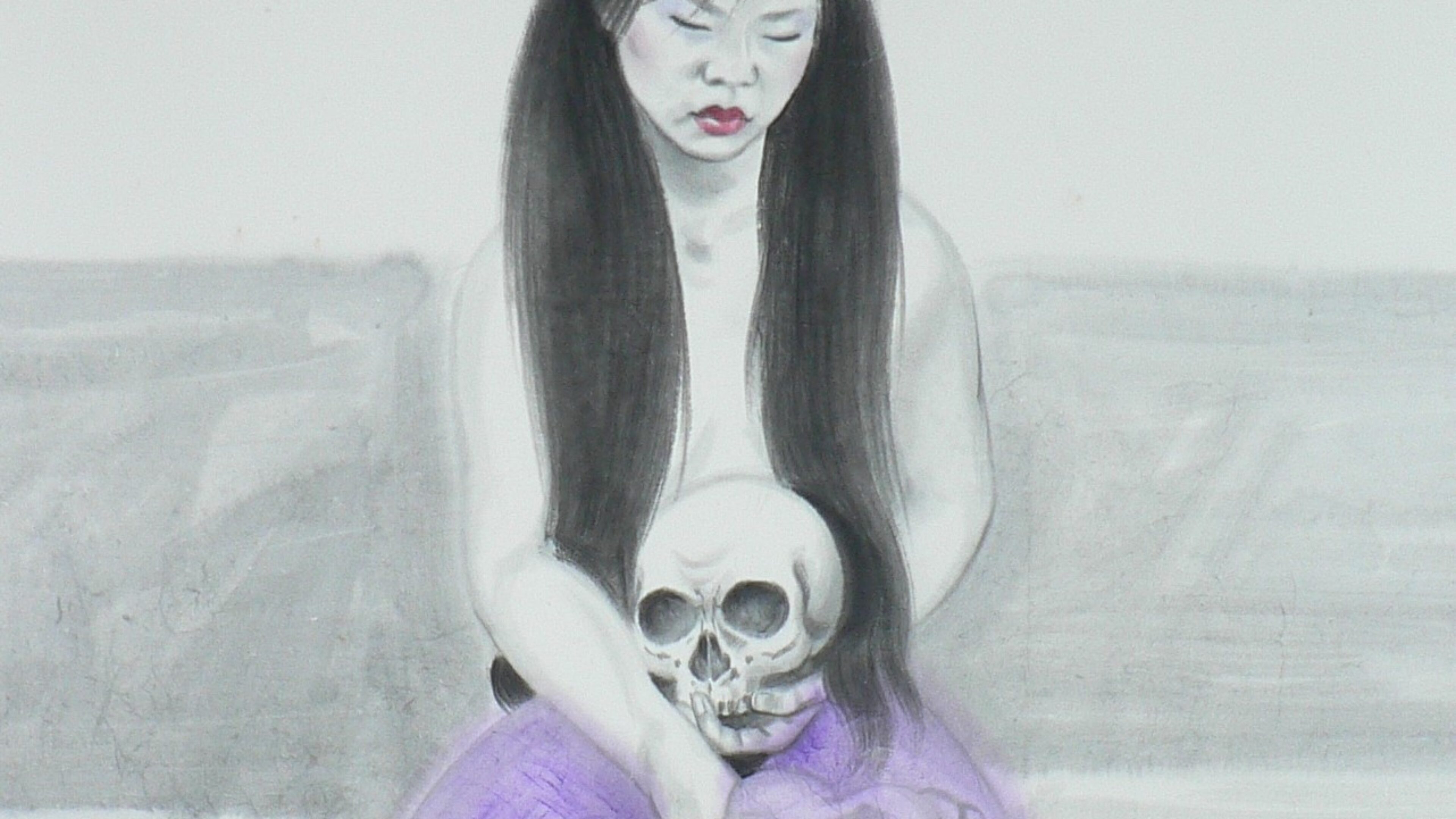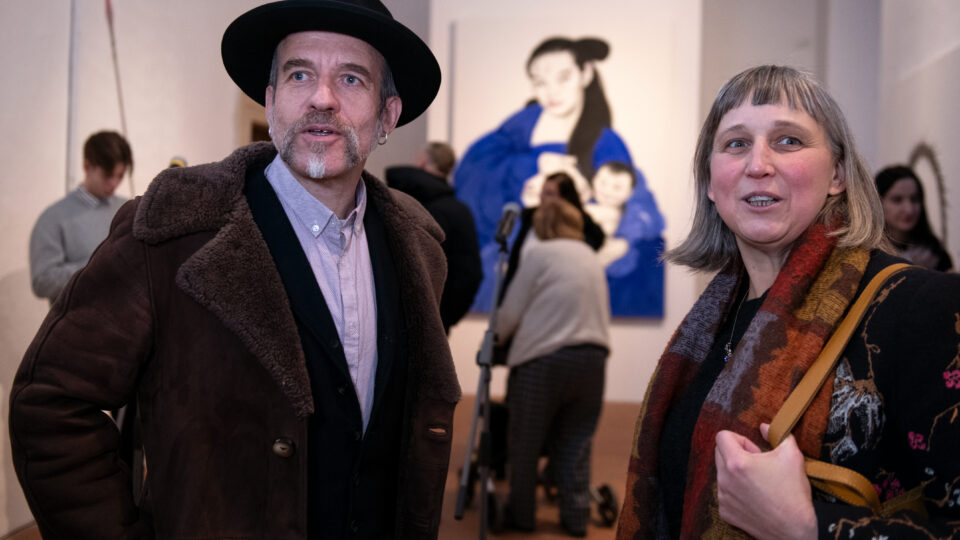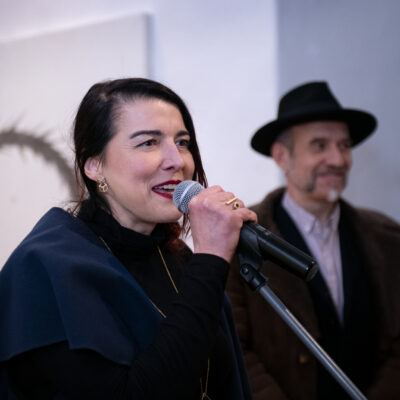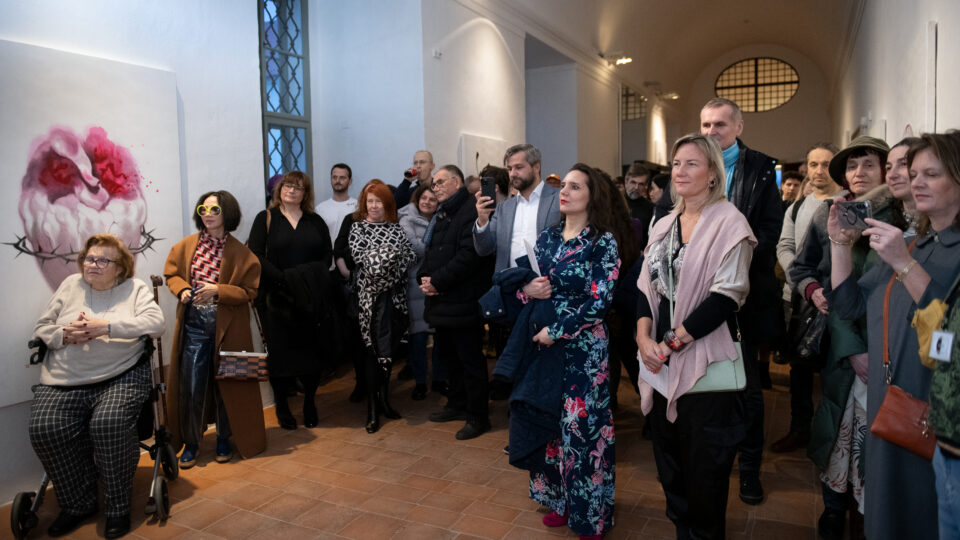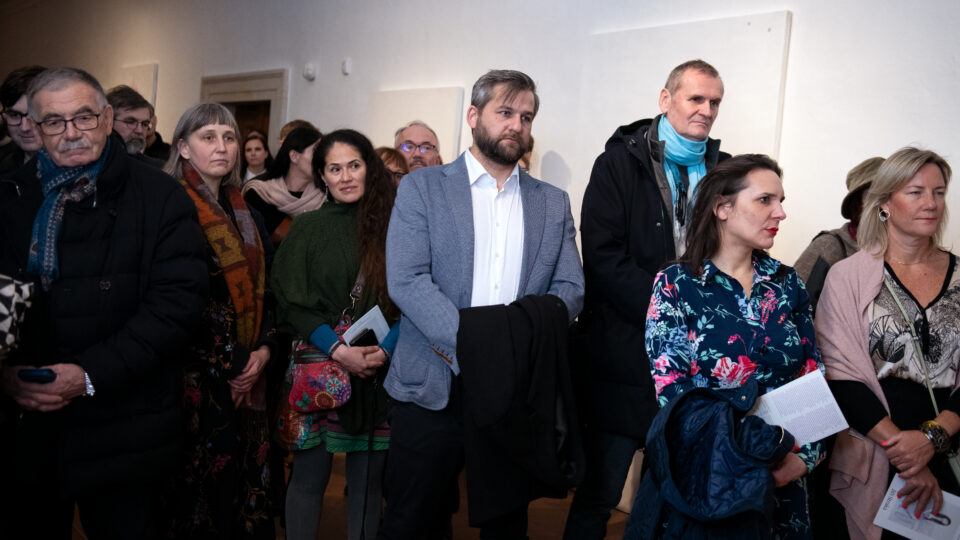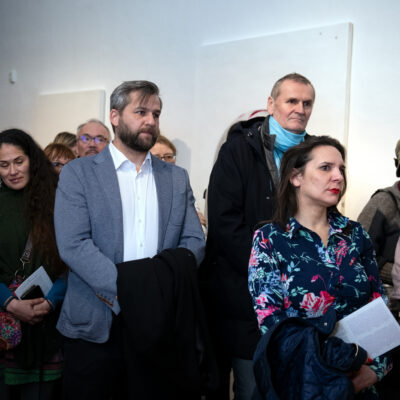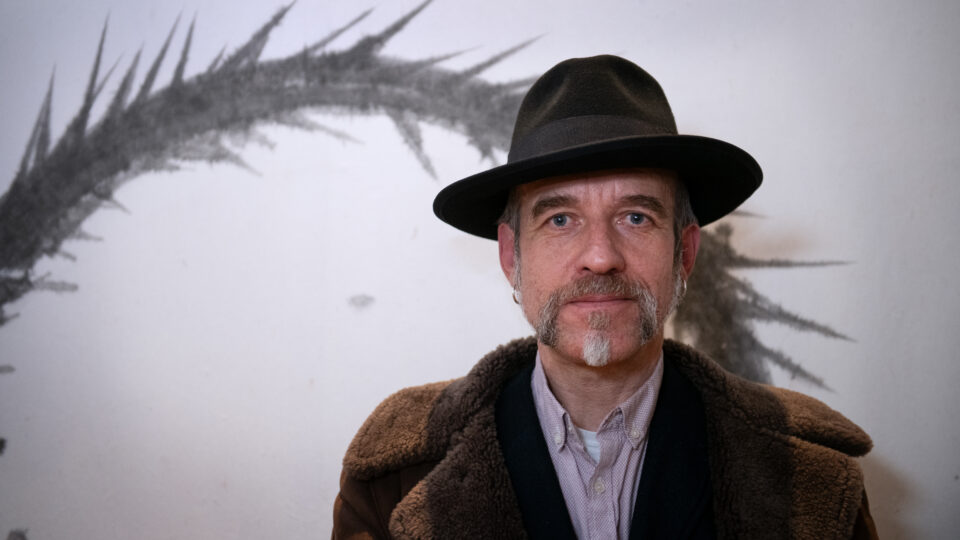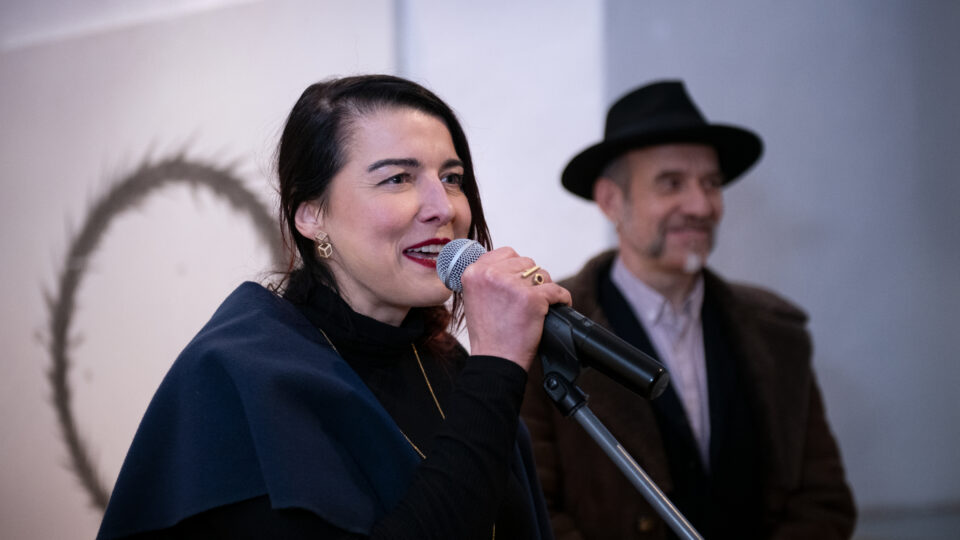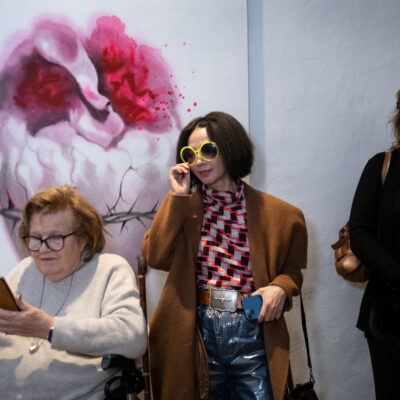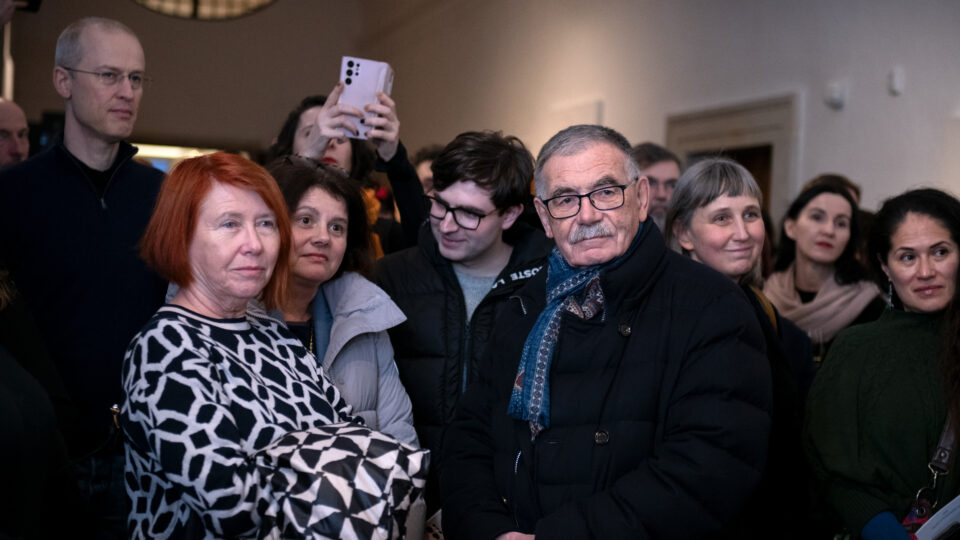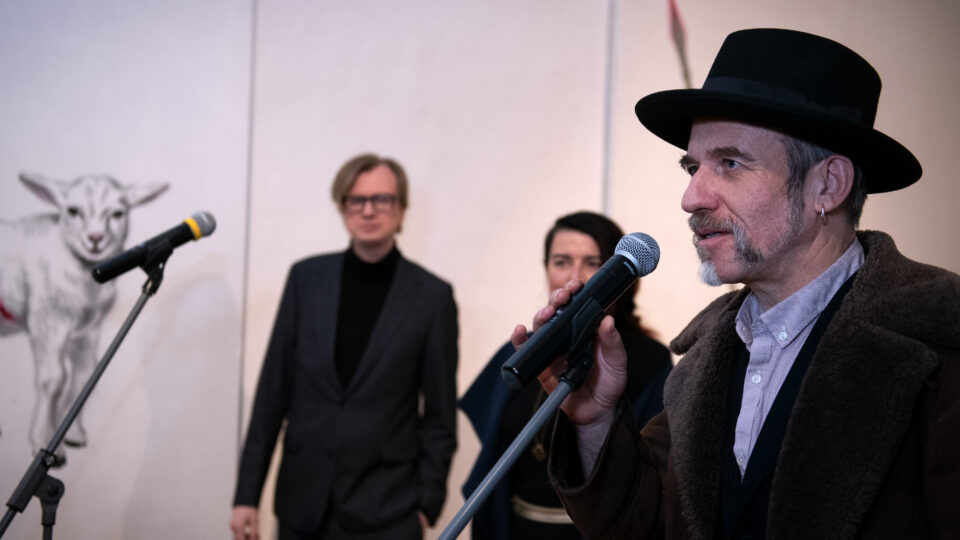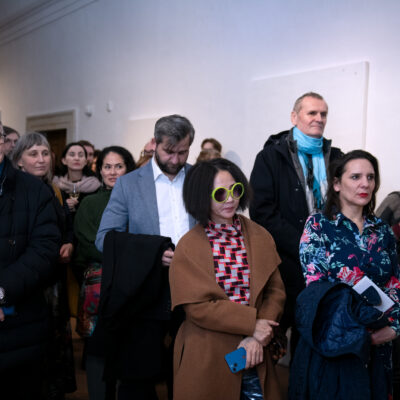Silence is a unique site-specific exhibition of works by Jiří Straka, a Czech painter and Sinologist living and working in Prague and Beijing. Straka studied Sinology at Charles University and is an expert in and admirer of ancient Chinese culture. In the mid-1990s, he studied traditional ink painting at the Central Academy of Fine Arts in Beijing, and from 2002 to 2006 he worked as an art restorer for the National Gallery’s Collection of Asian Art. Straka’s lifelong interest in China has had a profound influence on his art, which combines modern ink painting with techniques used by the ancient masters of the Far East. He also works with elements of performance in the form of ‘live painting’ as a happening. His masterful and distinctive workmanship draws on his knowledge of post-modernist and conceptual art, as well as European still-life painting of the Baroque, which he combines with traditional Chinese painting. In this way, he breaks down the established boundaries of our perception of Western and Eastern art in terms of both form and content – an approach exemplified by the current exhibition.
The title of the exhibition, fittingly installed in the Baroque spaces of the former Jesuit College, is a reference to American director Martin Scorsese’s iconic film of the same name, which itself was based on a novel by Japanese author Shūsaku Endō. As in these works of film and literature, Straka explores not just the crisis of faith but above all the cultural conflict associated with the Jesuits’ missionary activities in East Asia, in particular Japan and China, in the seventeenth century.
Instead of painting real scenes and events involving misunderstandings based on cultural or religious differences arising from different geographic and social conditions, he metaphorically accentuates the impact of the ‘universal ideology’ of Christianity on a foreign environment and translates this conflict onto today’s multicultural, globalised reality. Straka works with the visually powerful religious motifs of the Arma Christi (the instruments of Christ’s passion) such as the Holy Grail, the nails, the whip, or the crown of thorns, as well as other well-known Christian symbols such as the Lamb of God, the sacred heart and fish, or the Biblical figures of the Madonna or Mary Magdalene and their rich iconographic potential.
He depicts these motifs, which are an integral part of European culture, using traditional Chinese media such as ink painting, which he transforms into his own unique artistic language to produce large-scale monochrome works with a distinctive colour accent and an aesthetic that brings to mind pop art or comic books. Within this spirit, the repentant sinner – Mary Magdalene – is depicted as a Chinese prostitute in violet stockings, a haze in the shape of soft-serve ice cream hovers over the Holy Grail, and an adorable little lamb looks at us devoutly, almost wistfully, even though it has a bloody gash in its side.
Straka says: ‘The exhibition in no way means to ridicule, disparage, or disdain Christianity or the missionary activities of Catholic orders. In fact, the Christian ideas that we are all equal before God and that we should love our neighbours are quite appealing within the Oriental context, for they are not traditional concepts in this region.’ Straka does not hide his admiration for the activities of the Jesuit Order in East Asia, in particular in seventeenth- and eighteenth-century China, whether in the area of fine art or their ethnographic and linguistic activities.
Authenticity and the immediate experience of living in two different worlds help him to depict difficult and painful topics associated with suffering, death and ephemerality without succumbing to pathos. Viewers are presented – with a certain dose of hyperbole, subtle irony and sense of detachment – a surprising look at the intersection of two highly different cultural environments in an aesthetic body of work whose pleasingly romantic tone may stimulate their imagination.
The topics of the crisis of faith and the clash of cultures have been consciously chosen with a view to the Baroque setting of the Jesuit College, for they open up an interesting dialogue with the ideological and today anachronistic-seeming socialist realist murals in the gallery’s northern wing, which are a holdover from the time in the 1960s when the building was used by the army.
The exhibited paintings are neither a critique nor do they offer simple solutions; instead, they very sensitively encourage us to think and ask new questions.
Veronika Marešová
